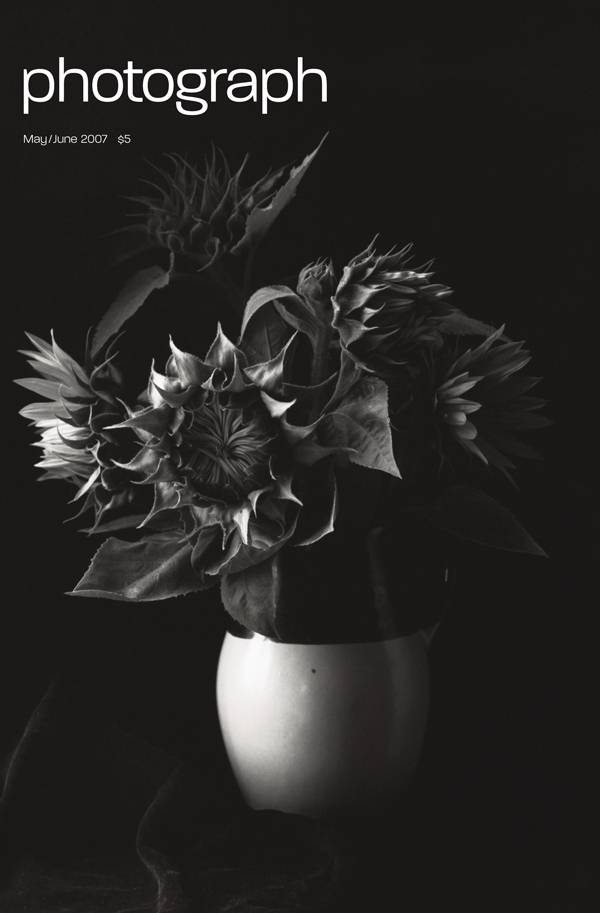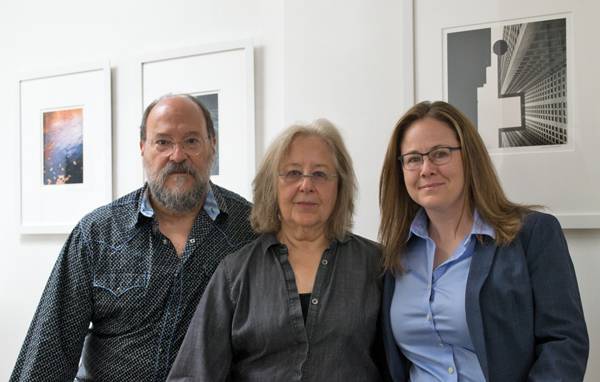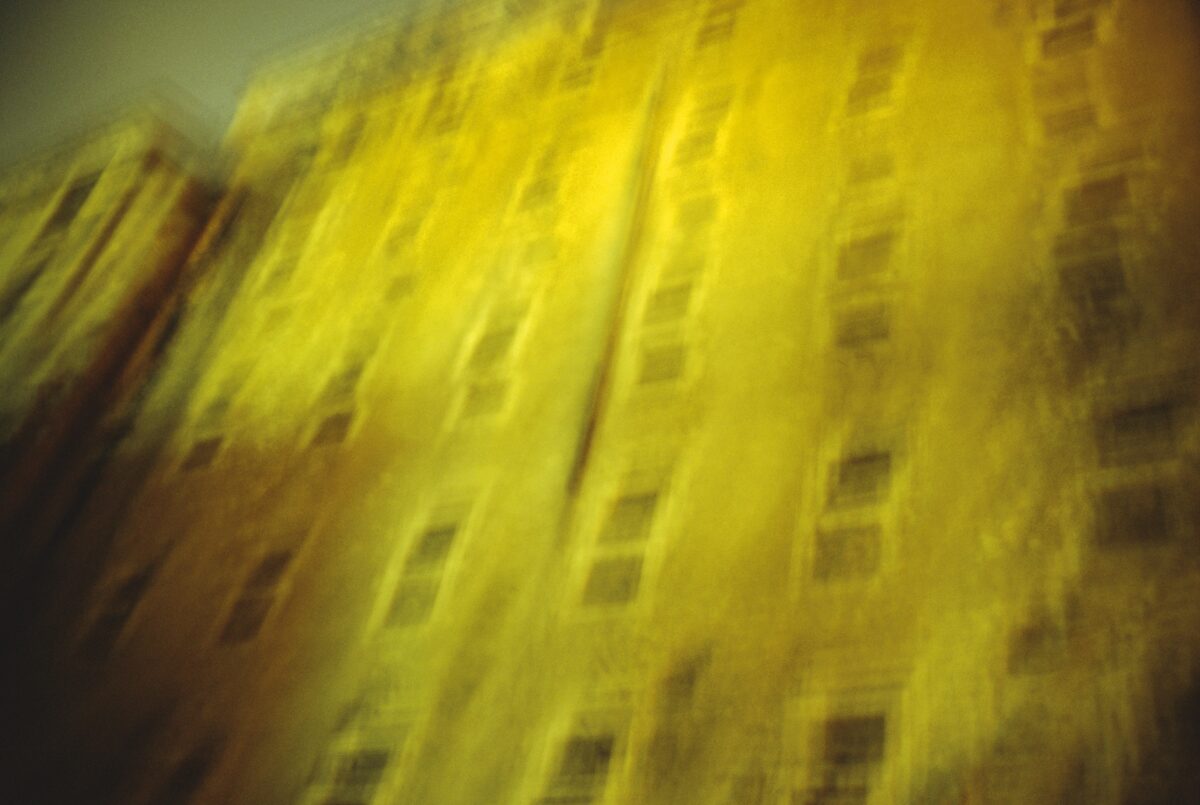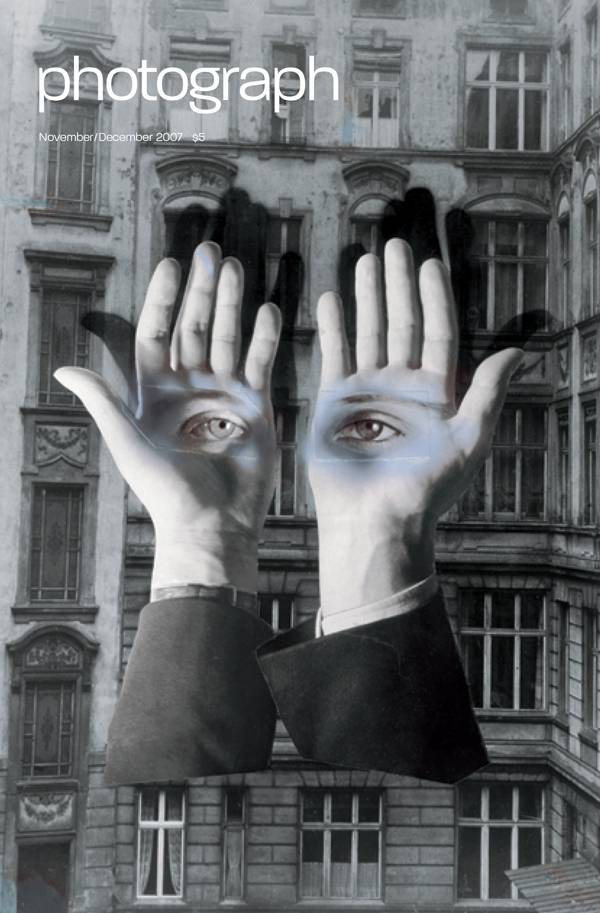When is a flower not a flower? When is the world not the world? When it is photographed. And for Paul Caponigro, once something becomes a photograph, it is not simply quotidian reality documented, but something reborn, as he once wrote, “in the unmanifest world of spirit.” Caponigro titled his landmark 1983 book The Wise Silence, to indicate the state of mind he thought all photographers should attain before they look through the camera, a state of mind that would allow them to enter into a communion with things in the world and evoke that communion in images. Like the sunflowers on the cover, photographs are, for Caponigro, evidence of the unseen, of a spirit that animates all of nature and a way of articulating it without words. From May 3 to July 3, visitors to the Scott Nichols Gallery in San Francisco have the opportunity to experience the fruits of Caponigro’s wise silence in an exhibition of the same name. The 40 black-and-white images, most made before 1980, reveal Caponigro’s well-known dedication to the craft of making a print. Scott Nichols recalls visiting Caponigro’s studio in Santa Fe and seeing a wall of different photo papers, from which the artist would select samples to print specific images. But the show also reveals the source of that dedication—Caponigro’s fidelity to his own inner responses to nature, to its magic. “It is my conviction,” he wrote, “that the earth and all its manifestations contain this magic.” Great works of art, he added, emanate that “thrill of vital life.” Although influenced and championed by Minor White, and clearly sharing the spiritual attitude of a long line of West Coast photographers, Caponigro is less of a formalist, more dependent on what comes into his view and, perhaps, more solicitous of it. “His pictures are about life, that is, whatever offers itself in front of you,” says Nichols, “and a dialogue develops.” Patience allows him to tease out of that visual experience greater nuance than at first seems possible. He is more interested in tonality than in the contours and strong contrasts found in White’s or Brett Weston’s work. For all its blackness, the sunflower image is a complicated play of gradations, precise and involving. His best images ask that we hold still until we can sense and feel something like what the photographer experienced when he confronted the world. Most of his landscapes, for instance, make no spectacular claim on our attention, unlike those of Ansel Adams or Edward Weston. Instead, they solicit us. And when we return to them, after a period of not looking, they persist. The patience that created the photographs—and the patient attention that they require of viewers—is out of fashion in today’s world. But this patience may be just what we need in order to learn how, if not to worship the natural world, at least to appreciate living in it.
Categories









